Reheating leftovers is a common practice in households worldwide. It saves time, reduces food waste, and offers a convenient way to enjoy meals without starting from scratch. However, not all foods are safe to reheat. Some can develop harmful bacteria or undergo chemical changes that affect taste, texture, and nutritional value. In worst-case scenarios, reheating the wrong leftovers can pose serious health risks. Here are 10 foods you should never reheat and the science behind why it’s a bad idea.
1. Chicken
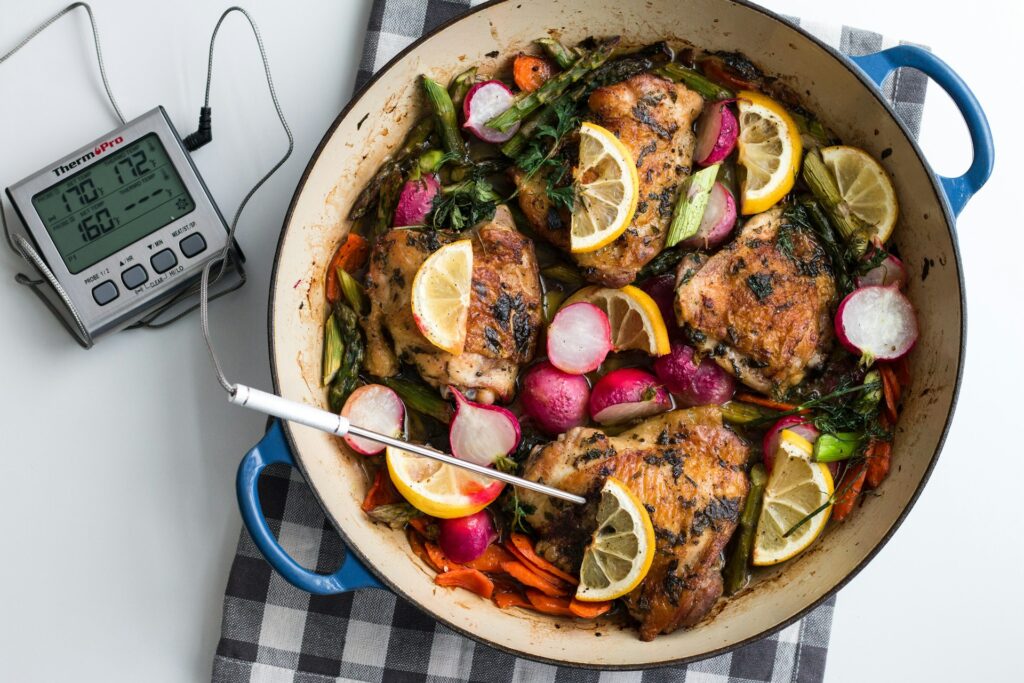
Chicken is a protein-rich food that can become dangerous when reheated improperly. When cooked chicken is cooled and stored, bacteria such as Campylobacter and Salmonella may survive if the internal temperature during reheating is not high enough. If chicken is not reheated to at least 165°F (74°C), these bacteria can multiply and cause food poisoning. Additionally, the protein structure in chicken changes when it’s repeatedly heated, leading to a rubbery texture and potential digestive issues. To stay safe, eat leftover chicken cold in salads or sandwiches or ensure it is thoroughly reheated only once.
2. Rice
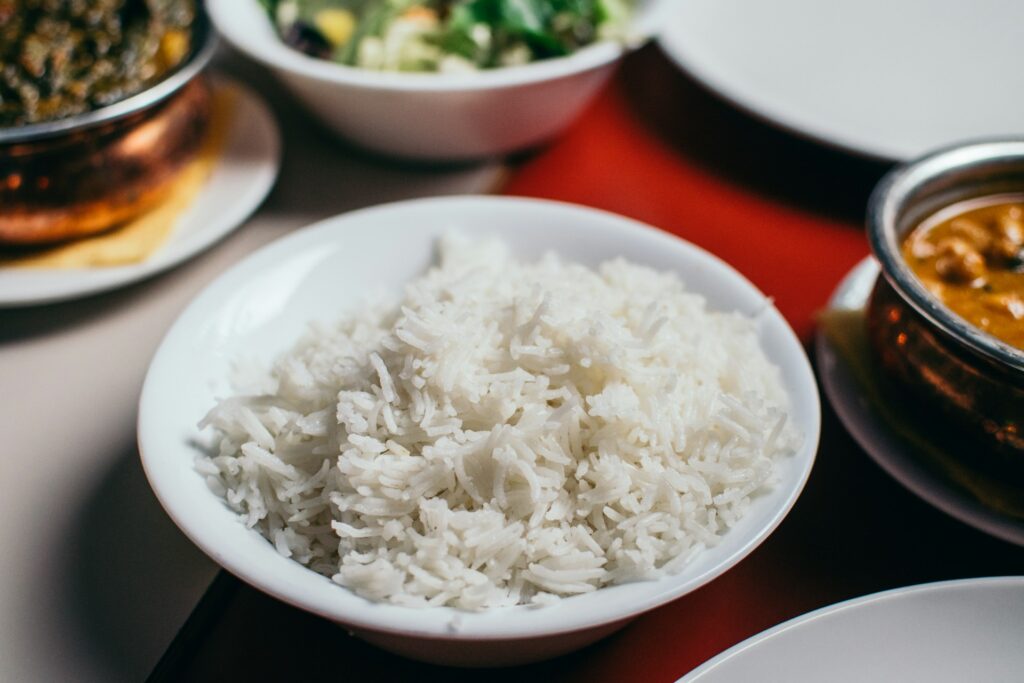
Leftover rice might seem harmless, but it can be surprisingly risky. Uncooked rice often contains Bacillus cereus spores, which survive the initial cooking process. If rice is left at room temperature too long after cooking, the spores can multiply and produce toxins. Reheating the rice does not destroy these toxins. As a result, consuming reheated rice can lead to food poisoning with symptoms such as vomiting and diarrhea. Always store cooked rice in the refrigerator within one hour and reheat only once, ensuring it is piping hot throughout.
3. Potatoes
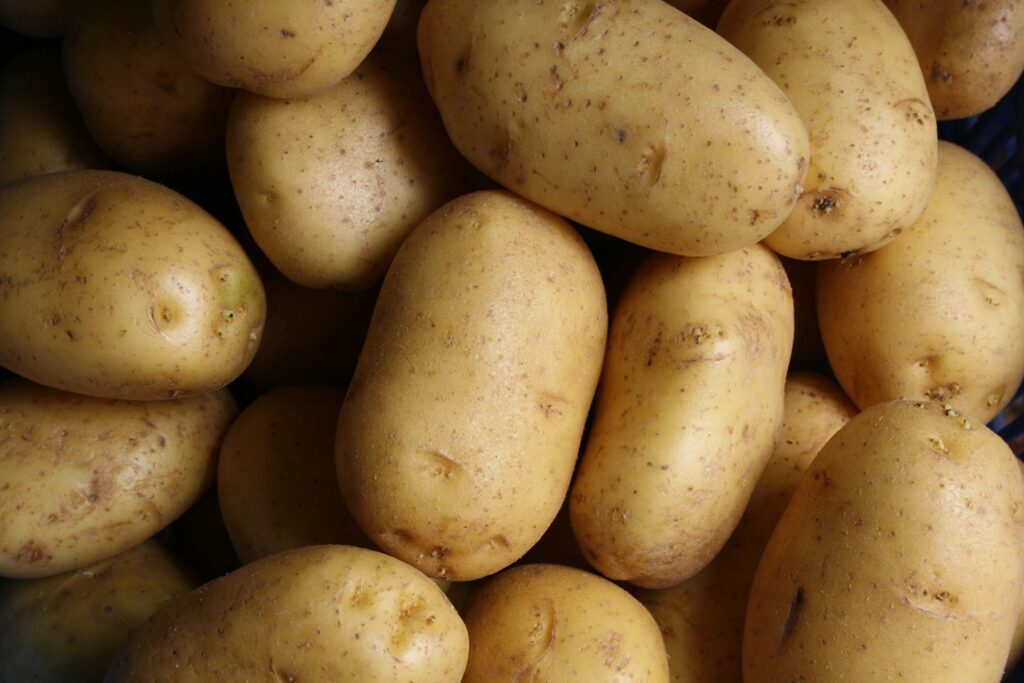
Cooked potatoes are vulnerable to Clostridium botulinum bacteria, especially when stored in foil and left at room temperature. These bacteria thrive in low-oxygen environments and produce toxins that are not destroyed by reheating. Even if the potato looks and smells fine, reheating it may not make it safe to eat. To reduce the risk, store cooked potatoes in an airtight container in the refrigerator and avoid reheating them more than once. Consider eating leftover potatoes cold or preparing them fresh.
4. Eggs
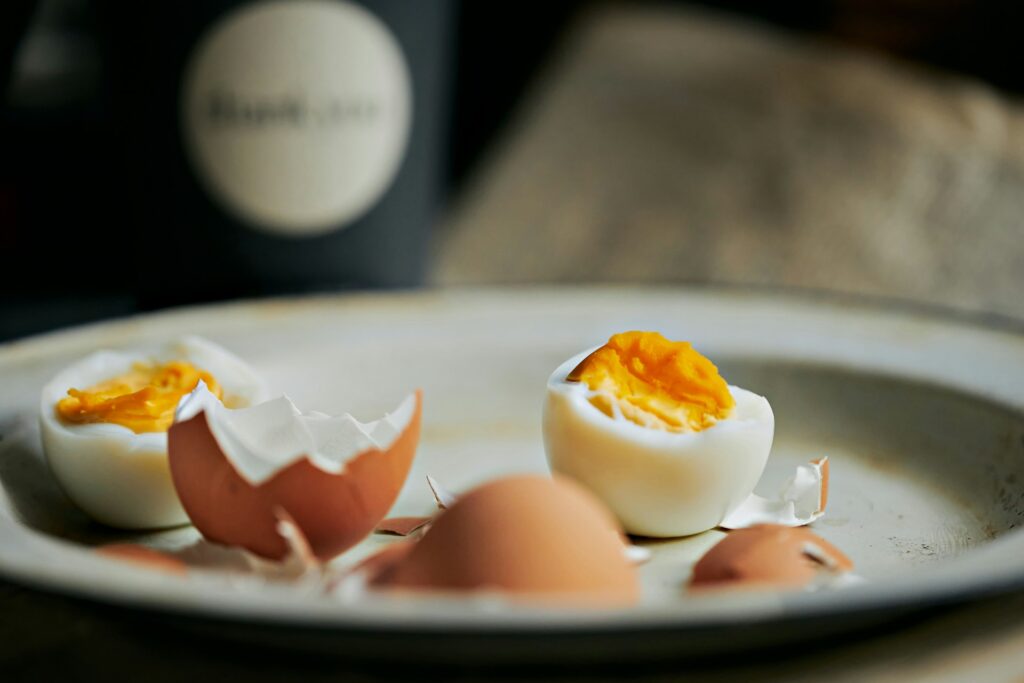
Reheating cooked eggs can be both unhealthy and unappetizing. Scrambled or boiled eggs that are reheated may release sulfur compounds and ammonia, giving off a foul smell and unpleasant taste. More importantly, cooked eggs are prone to rapid bacterial growth if left out too long before refrigeration. When reheated, they may not reach a temperature high enough to kill these bacteria. This makes leftover eggs a potential source of foodborne illness. Eat them cold in salads or prepare fresh servings instead of reheating.
5. Mushrooms
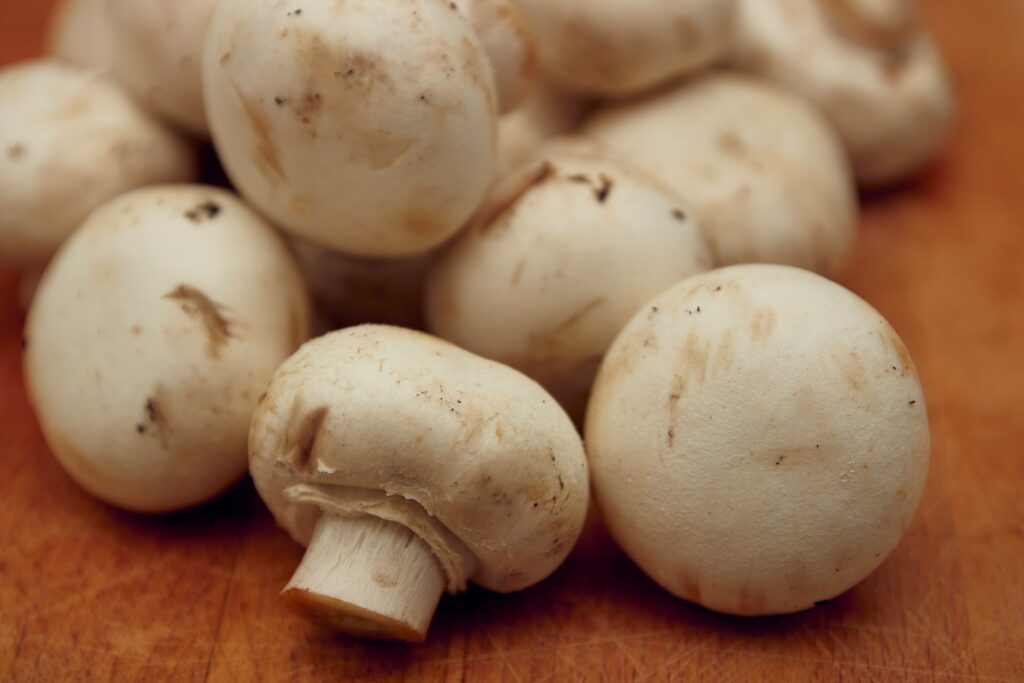
Mushrooms have a high protein content and are sensitive to temperature changes. When cooked mushrooms are stored improperly or reheated, their protein structures can degrade, resulting in digestive discomfort or even food poisoning. Bacteria can grow quickly on cooked mushrooms if they are not refrigerated promptly. Furthermore, reheated mushrooms can lose their flavor and become rubbery in texture. To enjoy mushrooms safely, refrigerate them within two hours and eat them cold or freshly cooked.
6. Spinach
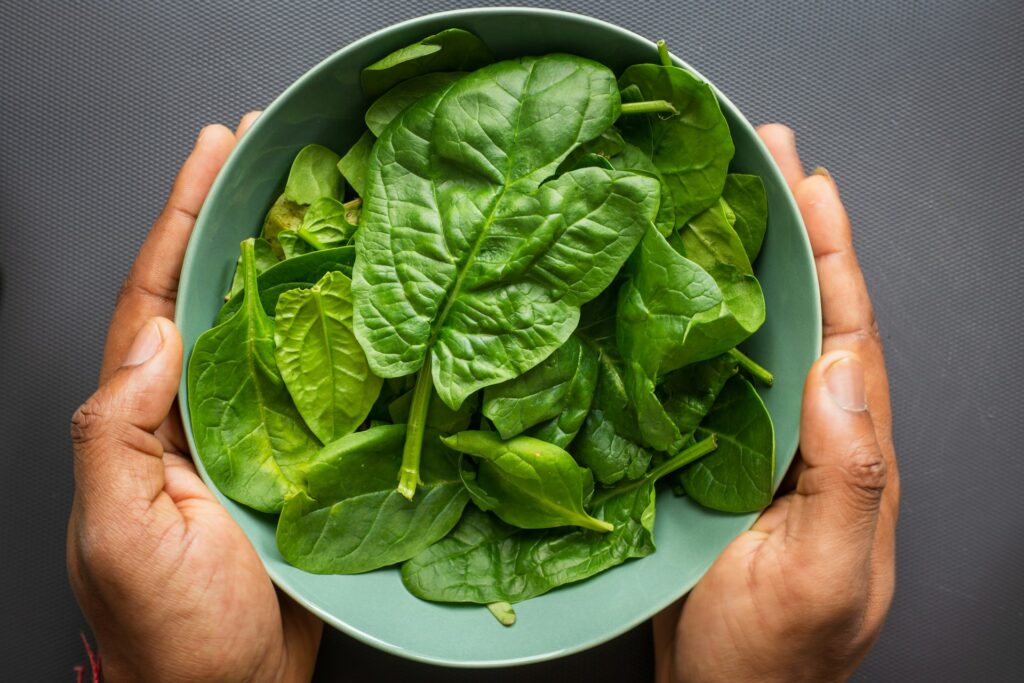
Spinach is rich in nitrates, which are generally harmless when consumed raw or freshly cooked. However, when spinach is reheated, nitrates can convert into nitrites and then into nitrosamines, compounds that have been linked to cancer. Infants and young children are particularly vulnerable to nitrate poisoning, which affects the ability of red blood cells to carry oxygen. For adults, the risk is lower but still notable. It is best to serve spinach fresh or cold and avoid reheating it entirely.
7. Beets
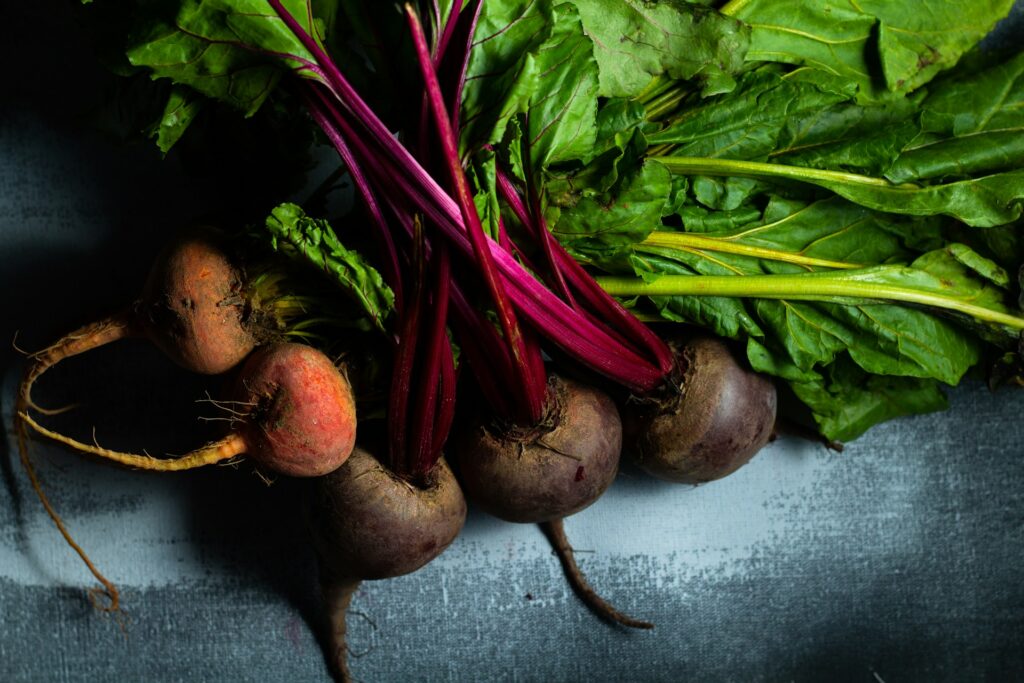
Like spinach, beets are high in nitrates. Reheating them can lead to the same nitrate-to-nitrite conversion, posing a risk to human health. Beets also lose much of their natural sweetness and texture when reheated, becoming mushy and less palatable. Instead of reheating, use cold beets in salads or smoothies. This preserves both their nutritional benefits and flavor while avoiding the potential health hazards.
8. Celery

Celery is another nitrate-rich vegetable commonly used in soups and stews. When reheated, the nitrates in celery can break down into nitrites and form nitrosamines, especially when exposed to high heat. These compounds are potentially carcinogenic and can be harmful over time. If you are preparing soup that includes celery, consider removing it before reheating or using fresh celery when serving leftovers. Alternatively, add celery toward the end of cooking so it retains its nutrients and is consumed immediately.
9. Seafood
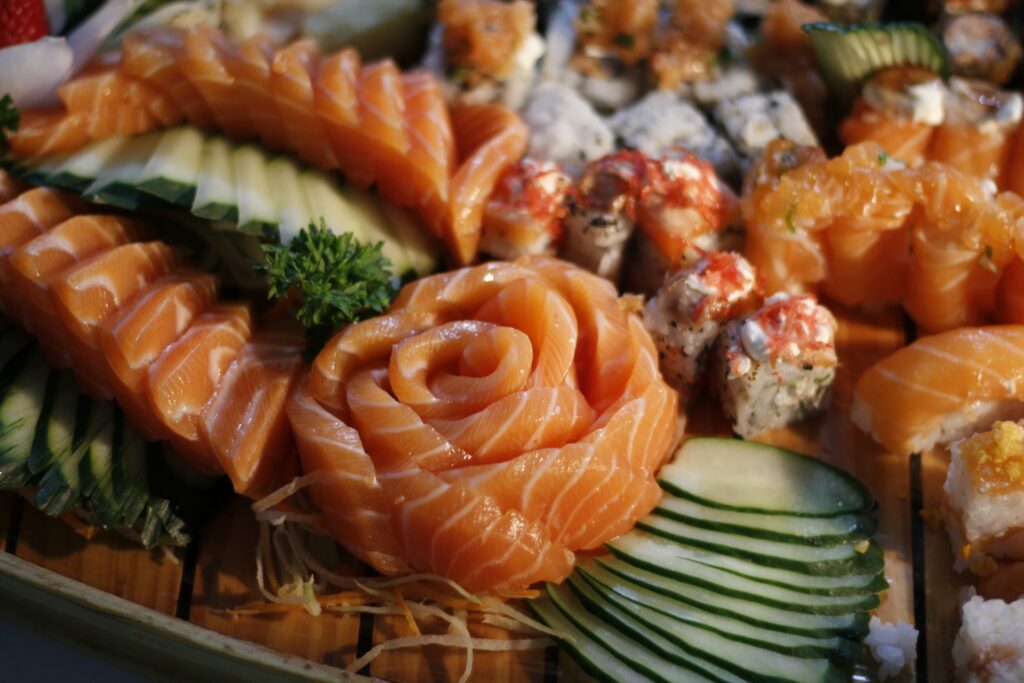
Reheating seafood, particularly shellfish, can be dangerous if not handled correctly. Fish and shellfish spoil quickly, and improper storage can result in the growth of bacteria such as Vibrio and Listeria. Reheating may not kill all bacteria, especially if the seafood was not refrigerated promptly. Furthermore, reheated seafood often develops a strong, unpleasant odor due to oxidation and protein degradation. These chemical changes not only alter the taste and texture but can also make the seafood toxic. When in doubt, avoid reheating and eat seafood cold or freshly prepared.
10. Oil-Rich Foods
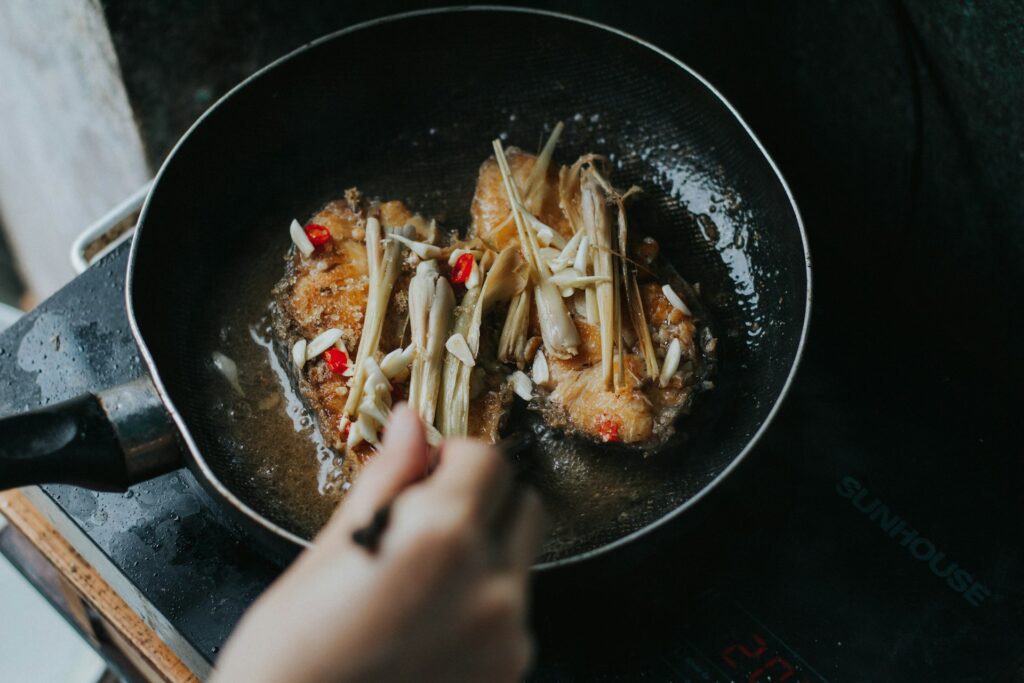
Foods cooked in or containing high amounts of polyunsaturated oils, such as vegetable oil, sunflower oil, or corn oil, should not be reheated. When exposed to high heat repeatedly, these oils can break down and release free radicals. Free radicals are unstable molecules that contribute to inflammation and increase the risk of chronic diseases, including heart disease and cancer. Reheating fried foods or dishes heavy in oil can also lead to the formation of acrylamide, a chemical linked to cancer in animal studies. To reduce risk, avoid reheating oily leftovers and choose healthier cooking methods such as baking or steaming.
Best Practices for Handling Leftovers
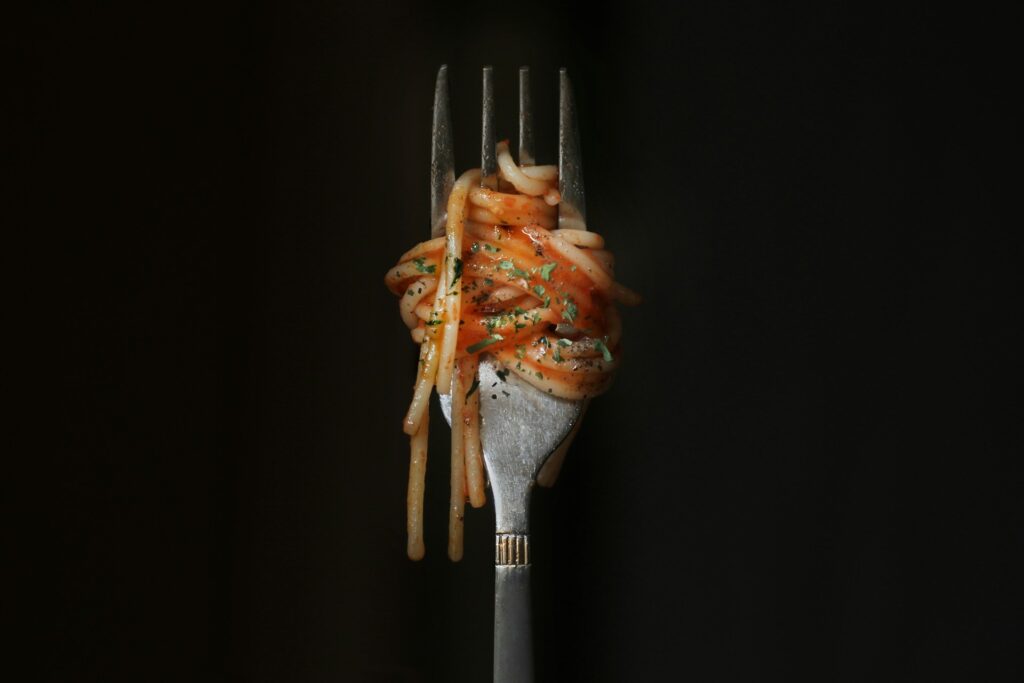
Reheating food is a convenient way to enjoy leftovers, but it comes with risks that should not be ignored. Some foods, due to their chemical composition or susceptibility to bacterial growth, are best consumed fresh or cold. Ignoring these risks can lead to foodborne illnesses, nutrient loss, and exposure to potentially harmful compounds. By understanding which foods are unsafe to reheat and why, you can make better decisions in the kitchen and protect your health and well-being. Always prioritize safe food handling and when in doubt, choose fresh over convenience.
To ensure food safety and minimize the risks associated with reheating leftovers, follow these practical tips:
- Store Promptly: Refrigerate leftovers within one to two hours of cooking to prevent bacterial growth.
- Use Airtight Containers: This helps maintain freshness and prevents contamination.
- Label and Date: Keep track of how long leftovers have been stored. Most should be eaten within three to four days.
- Reheat Thoroughly: Ensure food is heated evenly to at least 165°F (74°C) to kill any bacteria.
- Avoid Reheating Multiple Times: Reheat only what you intend to eat and discard anything left over from the second round.
- Microwave Safely: Stir food halfway through heating and use microwave-safe containers to prevent uneven heating and chemical leaching.
Read More: 15 Foods Found in Every Middle Class Home in the 1950s
Disclaimer: This article was created with AI assistance and edited by a human for accuracy and clarity.

